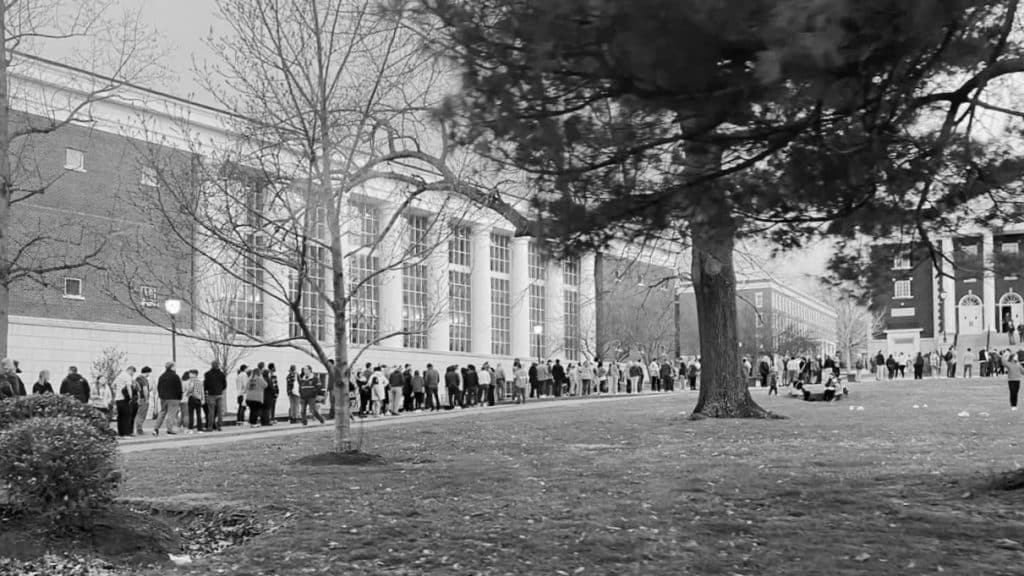By Luke Phillips, Contributing Writer
In 1996, President Bill Clinton signed the Personal Responsibility and Work Opportunity Reconciliation Act. The website for the U.S. Department of Health and Human Services says that the bill is “a comprehensive bipartisan welfare reform plan that will dramatically change the nation’s welfare system into one that requires work in exchange for time-limited assistance. The law contains strong work requirements, a performance bonus to reward states for moving welfare recipients into jobs, state maintenance of effort requirements, comprehensive child support enforcement and supports for families moving from welfare to work—including increased funding for child care and guaranteed medical coverage.” President Clinton’s goal in enacting the bill was to entirely eradicate government welfare to provide jobs and foster self-sufficiency for the entirety of the nation’s population.
In his book “The Conservative Heart,” Arthur Brooks said, “The conservative heart demands more for the poor than subsistence and dependence. As a result, conservatives define success by how few people need help from government programs, not how many we can enroll for government help.” President Clinton’s reform was deeply rooted in conservative philosophy and compassion and care for the American people; furthering work requirements returns agency and human dignity back into the hands of the Americans who have gone jobless and unable to provide for themselves or their families.
In 2012, the Obama Administration published a policy rewriting the welfare reform of 1996. The rewriting allows Congress to waive work requirements for welfare recipients or to consider a multitude of non-work-related activities as qualifiers for federal work requirements. Individual states could apply for waivers that did not require the poor to provide proof that they were either working or pursuing employment.
In recent interviews, President Trump has vocalized that many are taking advantage of the system. He states that those Americans who truly do need government assistance are being left behind as many recipients of government aid are able-bodied adults with no dependents who are held to no accountability in pursuing employment. President Trump hopes to reenact the federal work requirements to provide accountability and to drastically reduce the number of Americans on welfare.
Much of the GOP agrees that it is work that will be the ladder on which the recipients of government aid may climb out of poverty. Brooks addressed wealth redistribution via government aid. “Progressives truly want to help the poor but have tried to solve poverty primarily with government money, relegating talk of culture to the past and focusing more and more on income inequality,” he said. “The obsession with redistribution for its own sake comes skillfully wrapped in the moral language of fairness and compassion. This is materialism tarted up to look like moralism.”
Brooks proposes that empowering individuals to pull themselves out of poverty is not a material issue, but a moral issue. The poor do not need charity; they need investment.
Photo courtesy of Unsplash








